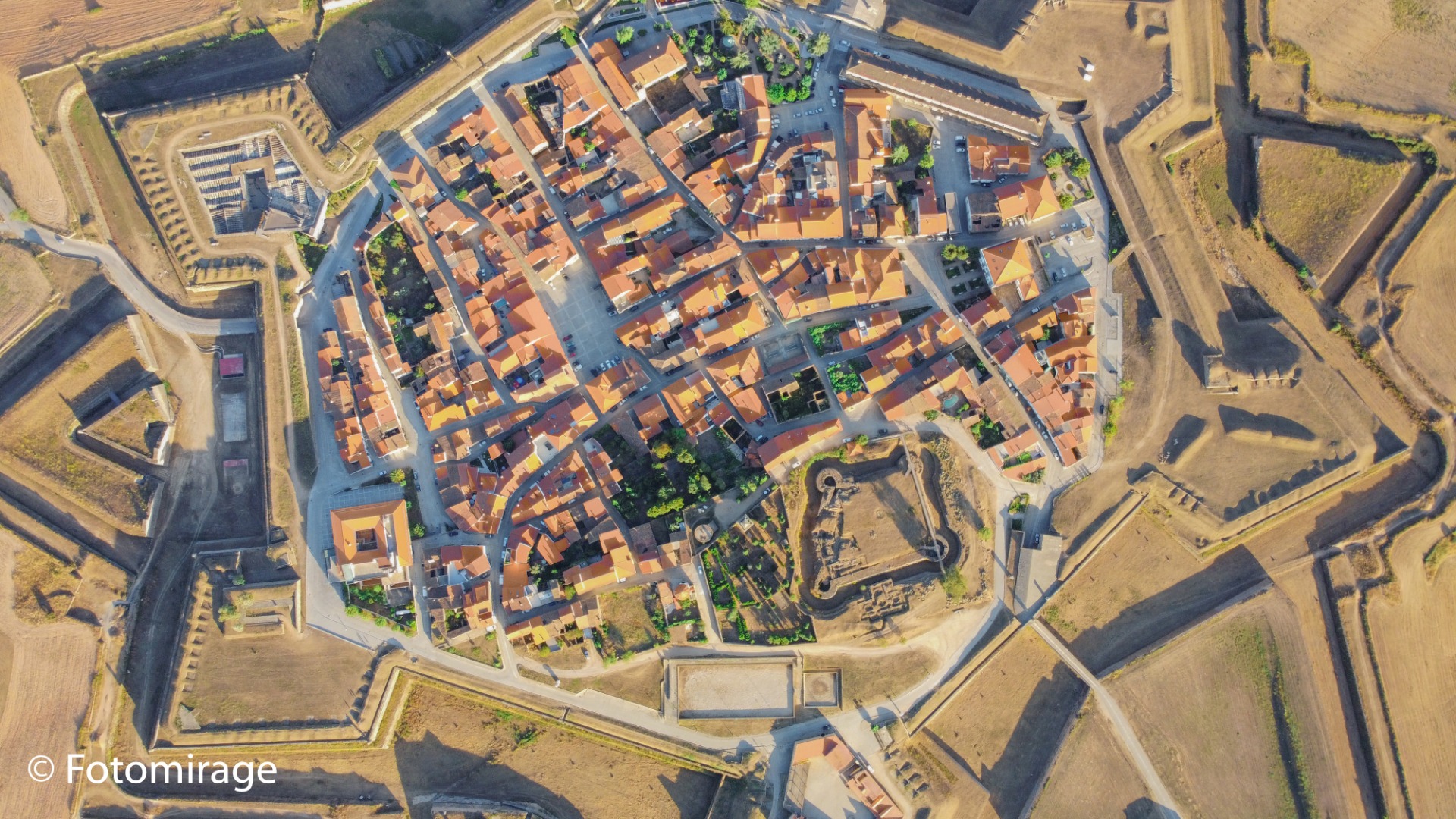Logbook in "Beira Alta Raiana" III
III-Almeida
Historic Villages of Portugal - IV
The second historic village of the day, Almeida.
DAY 4 (Continuation)
After lunch, we left Figueira de Castelo Rodrigo towards Almeida, the second historic village we had planned to visit on the same day.
Located south of Castelo Rodrigo, Almeida also had a Medieval Castle, but currently, only its famous and emblematic 12-pointed star-shaped wall remains.
It was here that we found another piece of history. Over the centuries, Almeida was highly disputed due to its geographic location. Having been conquered by the Moors during the Muslim invasion of the Iberian Peninsula, it was recovered by the Kingdom of Castile in 1039, having been lost again in 1079 and later recovered by the Portuguese. In 1296, received the charter letter and saw his castle being built. Despite disputes over this territory with the neighboring kingdom of Castile and Leão, as with Castelo Rodrigo, Almeida definitely became Portuguese after the signing of the Treaty of Alcanizes in 1297.
Already in the 19th century, more precisely on August 15, 1810, Almeida was besieged during the third French invasion. William Cox, governor of the fortress, planned to resist until at least mid-September, a time when the rains would supposedly return and would make it difficult, on the one hand, for the continuation of the siege by the French, and on the other, for its progression to Lisbon. For this reason, Almeida had been equipped with supplies and weapons in advance. Most of the gunpowder had to be stored in the old Castle premises since there were no more warehouses. This factor forced the constant transport of barrels of gunpowder between the dependencies and the bastions, where the artillery was located.
On the 26th of August, the French opened fire on Almeida throughout the day, and at the end of the afternoon, a grenade exploded in the courtyard of the castle, where some badly sealed barrels of gunpowder were being transported to the bulwarks, generating a huge explosion. About 500 Portuguese soldiers died immediately and damage was significant to the fortress. As there were no defense conditions, on the 28th of August the Portuguese troops surrendered to the French, who thus continued their invasion... and the rest of the story is already known.
Visiting the Almeida Museum, we were able to come into contact with artifacts that date back to the times when the event I reported earlier took place.
After assimilating so much culture, we took the opportunity to walk through the streets of the old village and rest our legs on an esplanade.
Ahhh, and of course, here are the aerial shots over Almeida!
With the day coming to an end, it was time to say goodbye to Almeida and go to Fuentes de Oñoro where we took the opportunity to fill up the deposit, which was already almost at the end! LOL
Fuentes de Oñoro and Vilar Formoso
For the first time, I crossed the most famous border in the country. I've always gotten used to hearing about the border of Vilar Formoso, especially at times when emigrants return to our country, but I had never crossed it.
On the way back, before heading to Almofala, we decided to stop by Vilar Formoso, contemplate some of the exterior details of its train station, and imagine the stories that the customs stones could tell us!
At the end of another day full of new experiences, and with a full heart, we can still enjoy good moments of conviviality and a small photo session under the moon, of which I highlight this photograph!




